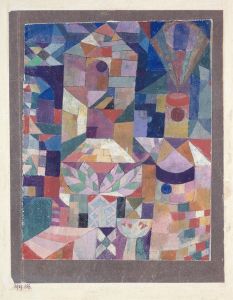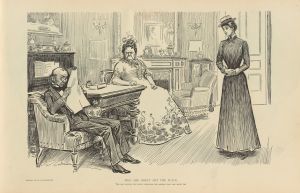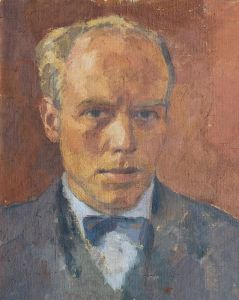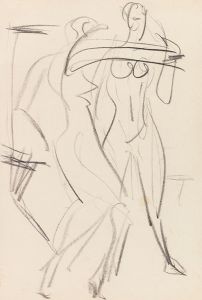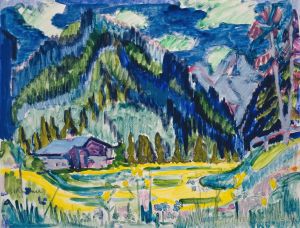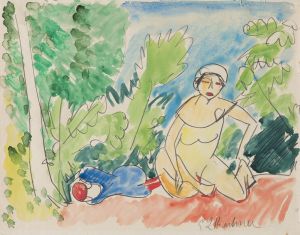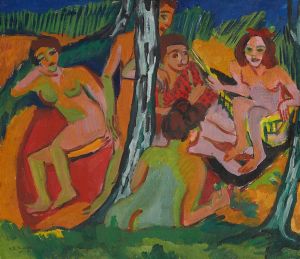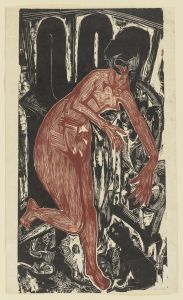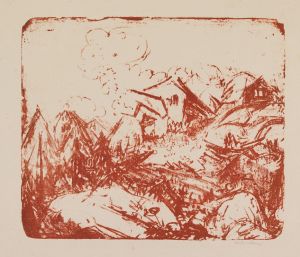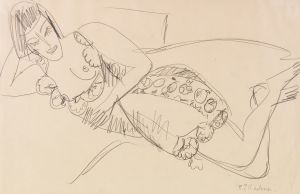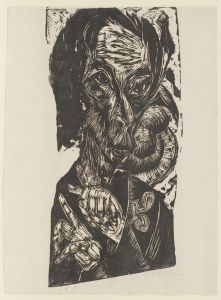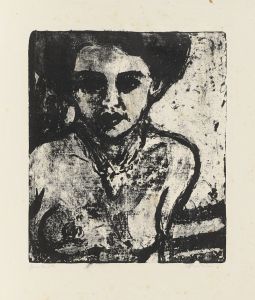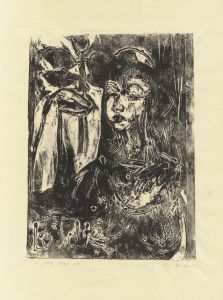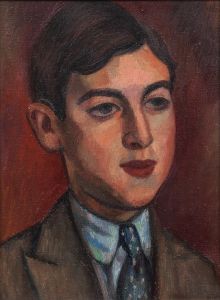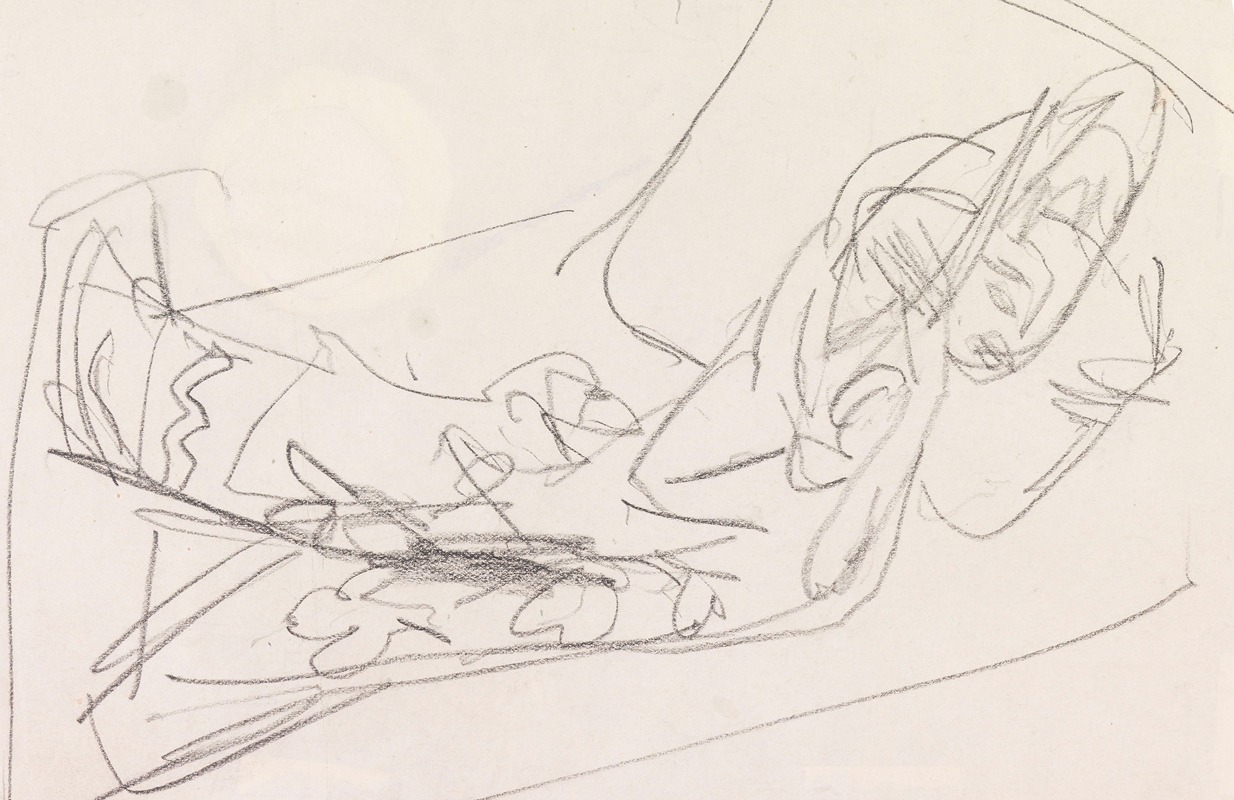
Liegende
A hand-painted replica of Ernst Ludwig Kirchner’s masterpiece Liegende, meticulously crafted by professional artists to capture the true essence of the original. Each piece is created with museum-quality canvas and rare mineral pigments, carefully painted by experienced artists with delicate brushstrokes and rich, layered colors to perfectly recreate the texture of the original artwork. Unlike machine-printed reproductions, this hand-painted version brings the painting to life, infused with the artist’s emotions and skill in every stroke. Whether for personal collection or home decoration, it instantly elevates the artistic atmosphere of any space.
Ernst Ludwig Kirchner was a prominent German expressionist painter and one of the founding members of the artist group Die Brücke (The Bridge), which played a crucial role in the development of modern art in the early 20th century. Kirchner's work is characterized by its bold use of color, dynamic compositions, and expressive forms. Among his notable works is "Liegende," which translates to "Reclining" in English.
"Liegende" is a painting that exemplifies Kirchner's distinctive style and his exploration of the human form. Created during a period when Kirchner was deeply engaged with the themes of modernity and the human experience, the painting reflects his interest in capturing the emotional and psychological states of his subjects. Kirchner often depicted figures in relaxed, natural poses, and "Liegende" is no exception, featuring a reclining figure that conveys a sense of ease and introspection.
The painting is notable for its vibrant color palette, a hallmark of Kirchner's work. He often used non-naturalistic colors to evoke emotion and to challenge traditional representations of reality. In "Liegende," the use of bold colors serves to highlight the contours of the figure and to create a dynamic interplay between the subject and the background. This approach is reflective of Kirchner's broader artistic goals, which sought to break away from the constraints of academic art and to embrace a more expressive and subjective form of representation.
Kirchner's technique in "Liegende" also demonstrates his interest in the simplification of forms and the use of strong, angular lines. This stylistic choice is influenced by his admiration for non-Western art, particularly African and Oceanic art, which he and his contemporaries saw as more authentic and spiritually resonant than the art of their own culture. The influence of these art forms is evident in the way Kirchner abstracts the human form, reducing it to its essential elements while maintaining a sense of vitality and movement.
The context in which "Liegende" was created is also significant. The early 20th century was a time of great social and political upheaval, and artists like Kirchner were responding to the rapid changes in society. The expressionist movement, of which Kirchner was a leading figure, sought to convey the anxieties and aspirations of the modern world. Through works like "Liegende," Kirchner aimed to express the inner emotional landscape of individuals living in a rapidly changing environment.
Kirchner's career was marked by both critical acclaim and personal struggles. Despite his success, he faced numerous challenges, including the impact of World War I and the rise of the Nazi regime, which condemned his work as "degenerate art." Nevertheless, Kirchner's legacy endures, and his contributions to the expressionist movement continue to be celebrated.
"Liegende" remains an important work within Kirchner's oeuvre, embodying the key elements of his artistic vision and his commitment to exploring the depths of human emotion through art. The painting is a testament to Kirchner's innovative spirit and his enduring influence on the trajectory of modern art.





